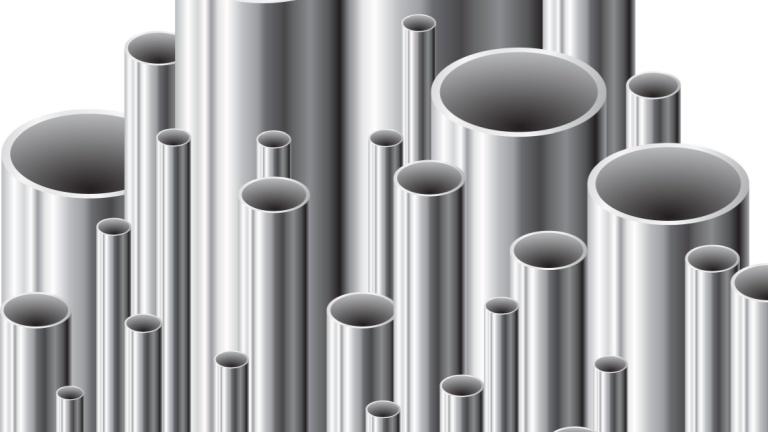
ADTO News
From Steel Pipes to Prefabricated Structures How Steel Is Shaping Modern Construction
Steel has long been a foundational material in the construction industry, but its role is evolving rapidly. From traditional steel pipes to advanced prefabricated structures, steel is driving a new generation of building methods focused on strength, speed, and long-term performance. As project demands increase and timelines tighten, steel-based solutions are becoming essential for modern construction practices.

Steel Pipes Reinforcing Structural Reliability
Steel pipes continue to be a staple in structural engineering due to their high load-bearing capacity and superior resistance to deformation. Their uniformity and durability make them indispensable for applications such as scaffolding, support frameworks, plumbing, and industrial infrastructure.
In scaffolding systems in particular, steel pipes offer stability that withstands intensive site activity, enabling safer and more efficient workflows across multi-story projects.
Steel Components Accelerating On-Site Efficiency
Beyond pipes, other steel components—such as beams, columns, and formwork systems—are helping contractors achieve faster assembly and improved consistency. Precision-manufactured steel parts reduce installation errors and minimize downtime caused by adjustments or rework.
Their dimensional accuracy ensures that structures align seamlessly, which is critical for high-rise construction, bridges, and industrial buildings where precision directly impacts performance and safety.
Prefabricated Steel Structures Transforming Construction Methods
One of the most significant advancements in recent years is the rise of prefabricated steel structures. Entire building sections are now engineered and assembled off-site before being transported for installation.
This approach offers several advantages:
Shorter construction timelines thanks to simultaneous off-site fabrication and on-site preparation
Improved quality control due to controlled manufacturing environments
Reduced labor intensity as pre-engineered modules require less manual assembly
Enhanced structural performance with components designed to interlock with precision
Prefabricated steel structures are now widely used in warehouses, commercial buildings, residential units, and modularized construction solutions.
The Sustainability Advantage
Steel supports modern construction’s growing focus on sustainability. Its recyclability allows for repeated use without performance loss, making it one of the most environmentally responsible materials available.
Prefabricated steel structures further reduce waste by minimizing on-site cutting and material excess, aligning with global trends toward greener construction practices.
Driving Innovation Across the Industry
As technology advances, steel continues to adapt. High-strength alloys, improved corrosion-resistant coatings, and more efficient manufacturing techniques are expanding steel’s capabilities across a wide range of applications.
Combined with digital modeling and automated fabrication, steel is enabling faster, safer, and more predictable construction outcomes—qualities highly valued in today’s competitive building environment.
Conclusion
From traditional pipes to advanced prefabricated structures, steel remains at the heart of construction innovation. Its strength, versatility, and adaptability continue to shape how modern buildings are designed and delivered, offering solutions that balance durability, efficiency, and sustainability.
For reliable steel materials and construction support products, many professionals place their trust in adtomall, a partner committed to quality and long-term performance。


 Live Chat
Live Chat
